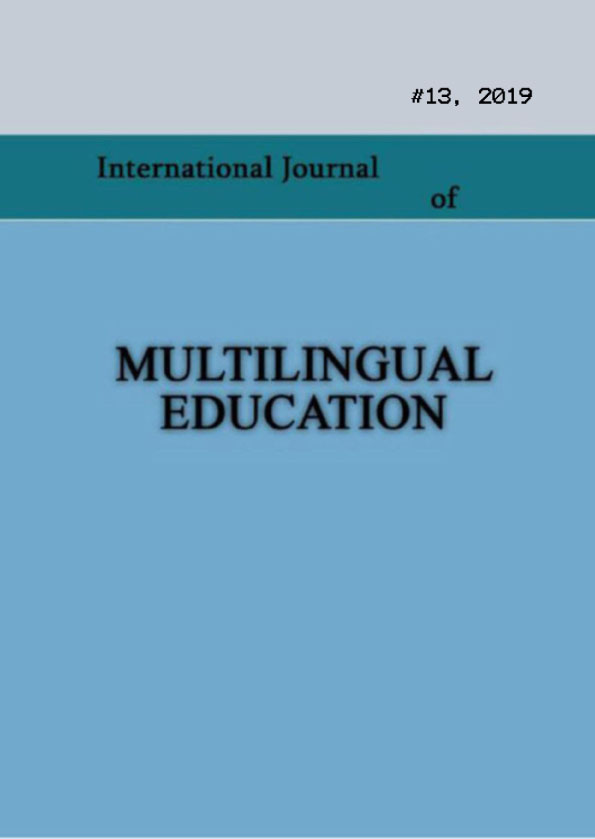Intercultural dimension of the upbringing and educational contents through extracurricular activities
Keywords:
Intercultural Education, extracurricular activities, Nansen Model for Intercultural EducationAbstract
Republic of North Macedonia (RNM) is a multiethnic and multicultural society. The ethnic heterogeneous structure of the population is an indicator that the educational priority should be to support constructive initiatives to promote the idea of intercultural education, as a basic link for cooperation and communication between different ethnic communities. The educational system of the RNM is facing a great challenge in developing prerequisites for intercultural education as a planned and long-term upbringing and educational approach.
Starting from the need for advancing the multiethnic and multicultural reality in the country, the Nansen Dialogue Centre Skopje prepared the Conception for Intercultural Education of the RNM. As an official state development document, it provides an opportunity for fostering of upbringing and educational process in direction of improvement of communication, cooperation and understanding between members of different ethnic communities in upbringing and educational institutions. As a philosophy and approach, the intercultural education should be a key tool in the process of initiation and support for building interactive and harmonious relationships in the community.
Implementation and coordination of a large number of extracurricular activities may further enrich the quality of intercultural school life. The Nansen model for intercultural education is an educational model in RNM that enables successful integration of students, parents and teachers of different ethnic communities through a modern upbringing and educational process, based on a variety of intercultural extracurricular and project activities.
References
Conception for Intercultural Education (2016). Skopje (in Macedonian: Концепција за
интеркултурно образование: http://www.mon.gov.mk/images/Koncepcija-mk.pdf)
www.nmie.org
Published
How to Cite
Issue
Section
License
Copyright (c) 2019 Biljana Krsteska-Papic

This work is licensed under a Creative Commons Attribution-NonCommercial 4.0 International License.
Copyright (c) - Authors who publish with this journal agree to the following terms: Authors retain copyright and grant the journal the right of first publication with the work simultaneously licensed under a Creative Commons Attribution-Noncommercial 4.0 International License, which allows others to share the work with an acknowledgement of the work's authorship and initial publication in this journal. Authors are permitted and encouraged to post their work online (e.g., in institutional repositories or on their personal website) prior to and during the submission process, as it can lead to productive exchanges, as well as earlier and greater citation of published work (see The Effect of Open Access). Authors may enter into separate, additional contractual arrangements for the non-exclusive distribution of the journal's published version of the work (e.g., post it to a repository or publish it in a book), with an acknowledgement of its initial publication in this journal.

